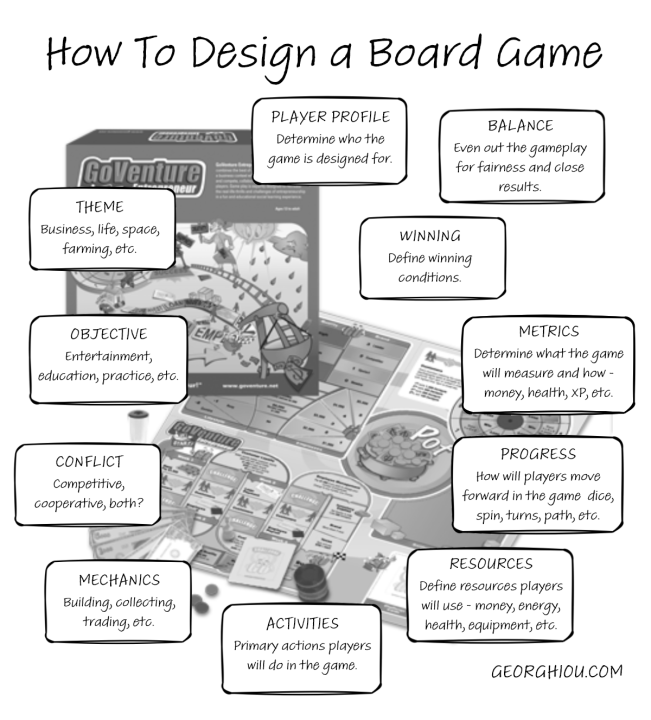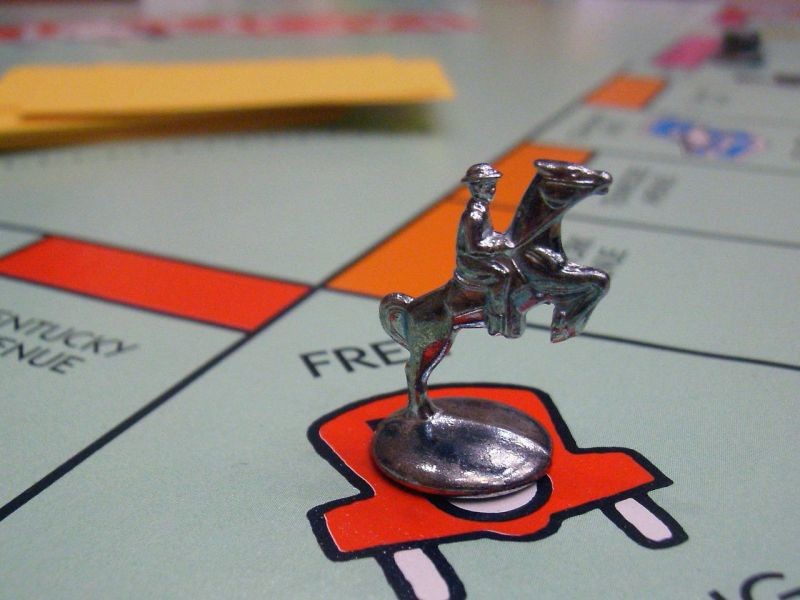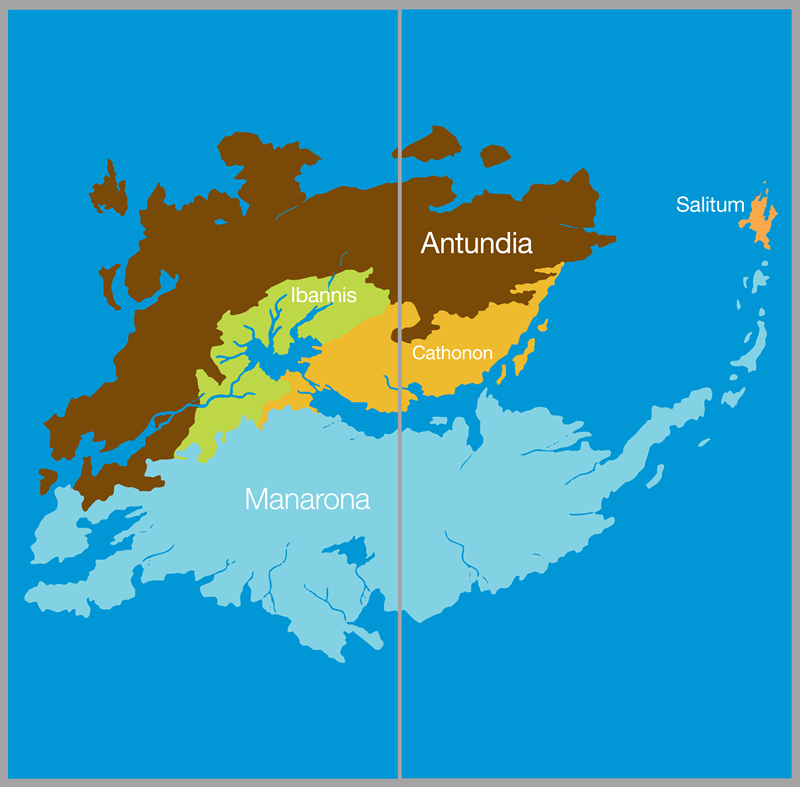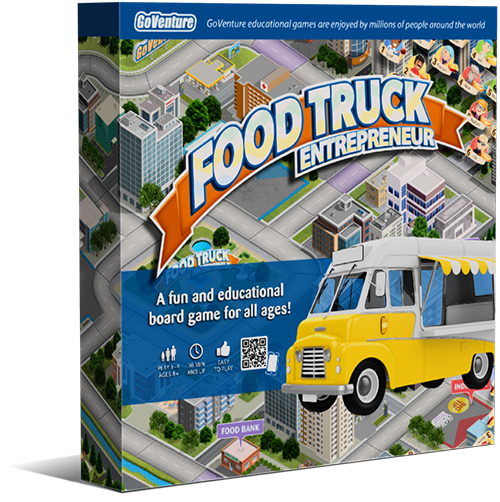
How To Design a Board Game & 5 Challenges to Overcome
Everyone should try designing a card game or board game — it's fun and it's all upside, no downside.
I've designed a number of board games and card games over the years. Collectively these are sometimes called tabletop games.
The most successful board game in history is often considered to be Monopoly — most likely because it's been around forever. I don't love Monopoly (more on this below). In terms of tabletop games in general, Chess, Checkers, Backgammon, and likely some card games may top the list as most popular of all time.

Designing Board Games
Board games are fun to design and play and can provide a structure for achieving specific learning outcomes. With a board game, the instructor can serve as a facilitator, coach, or observer.
If you are considering designing a board game, here is an infographic I created to help —

Educational Board Games
Some of the board games I design are primarily intended to be used in schools, while others are designed for corporate clients with specific training needs. Here's a game board I created to train people on tourism marketing —

"Opoly Style"
Many educational games I've seen over the years tend to follow the conventional "opoly" style — named after Monopoly. This consists of a game board with spaces on a set path, roll dice, do what the space says.
Here are a few reasons why many opoly-style games fall short:
Luck plays too big of a role in success (random good, luck bad)
Waiting for your turn (boring!)
Zero-sum competition (for me to win, you have to lose)
Only one way to win (more luck)
Modern board games have evolved considerably from the original opoly style. But, I have also played modern games that were very well funded (crowdfunding) and well designed but were too superficial in their learning value. You could play them repeatedly for hours and gain less educational benefit than other learning methods.
Design Challenges
Designing a board game to be an effective learning experience is quite challenging. Here are 5 of the biggest challenges I have experienced:
Keeping it fun (or engaging) while achieving specific learning outcomes. Whenever a game has an objective other than fun, it's much harder to also make it fun.
Time — games for education, particularly in schools, have to be playable (or segmented) into 45-minute or less sessions. That's a very short period of time to achieve several meaningful learning outcomes with a board game.
Making the game engaging enough to offer repeat play without requiring too much depth. More depth means more complex rules.
Maintaining proper balance in the gameplay so that no action is too powerful and that all players progress through the game as equally as possible. Close games are always better to play.
Writing the rules. Using the proper language to make rules easy to understand, yet brief to read, while leaving absolutely no ambiguity in the gameplay is harder to do than writing a complex legal contract (but not as hard as writing a software patent :-)
Give It a Try
The great thing about board games and card games is that anyone can design and build a prototype. Sure, your first prototype — or 10 or 30 — may not be great, but you'll have fun doing it.
Give it a try!
P.S. My latest board game (April 2023) is Food Truck Entrepreneur

Receive this newsletter by email —
Join our online community where educators and trainers share ideas, resources, and discussions on experiential learning, games, and simulations — TeachingSuperhero.com
I'm Mathew Georghiou and I write about how games are transforming education and learning. I also share my experience as an entrepreneur inventing products and designing educational resources used by millions around the world. More about me at Georghiou.com